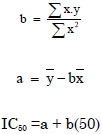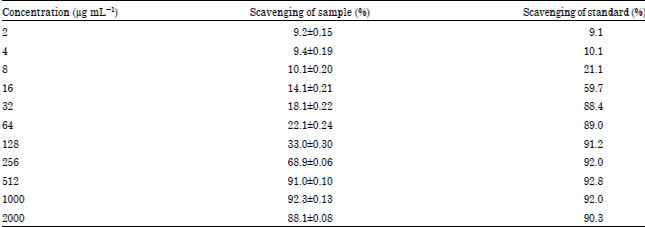Research Article
Study of Antioxidant Activity of Datura stramonium Linn.
Department of Botany, University of Rajasthan, Jaipur, Rajasthan, India
Richa Bhardwaj
Department of Botany, University of Rajasthan, Jaipur, Rajasthan, India
Ankita Yadav
Department of Botany, University of Rajasthan, Jaipur, Rajasthan, India
R.A. Sharma
Department of Botany, University of Rajasthan, Jaipur, Rajasthan, India















